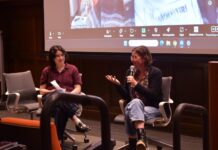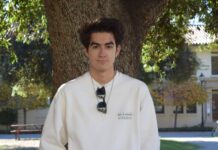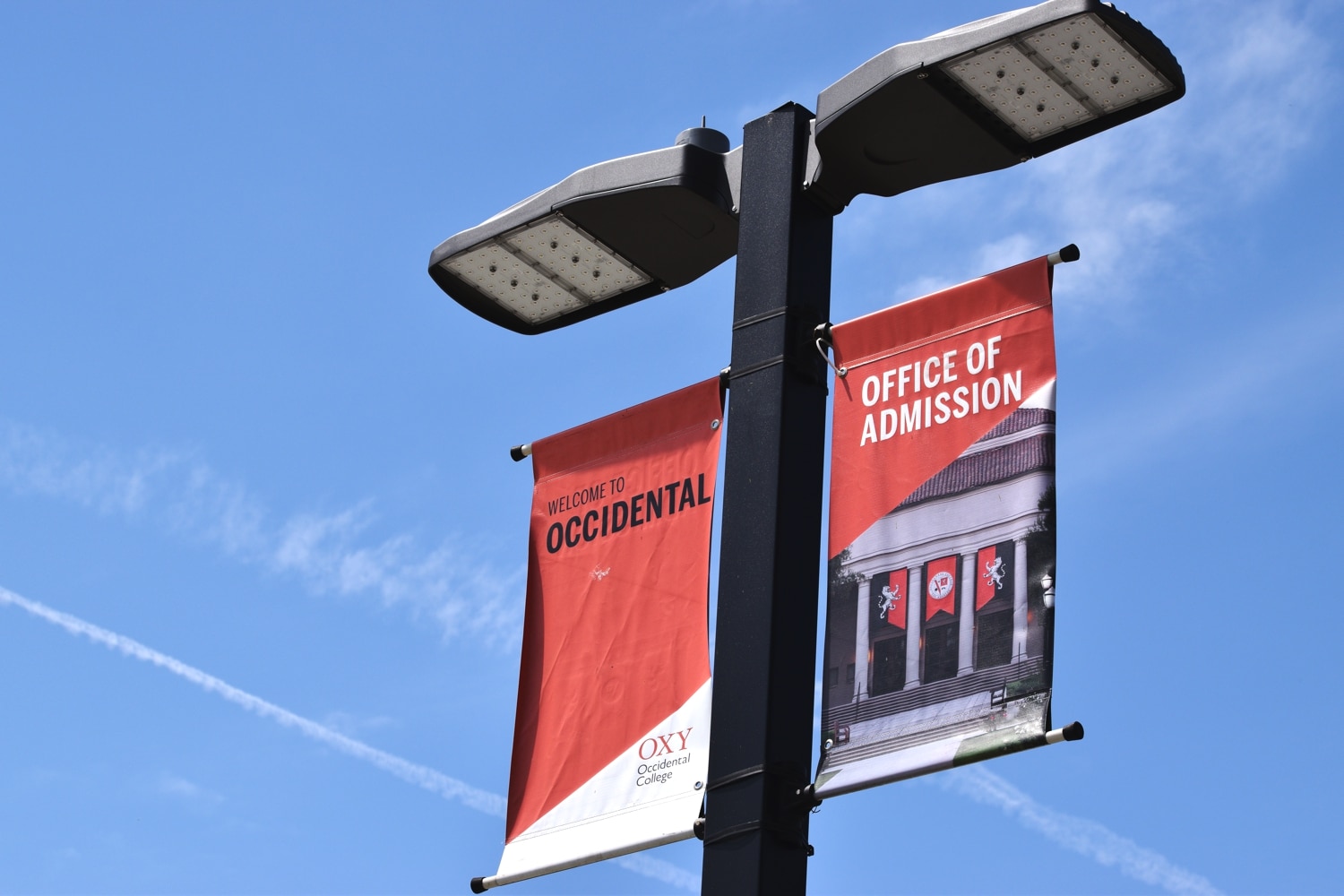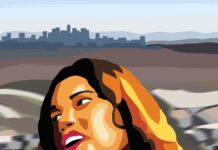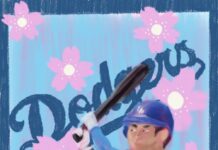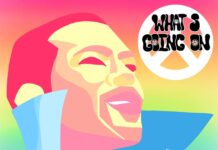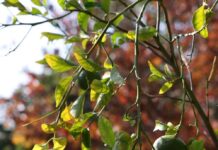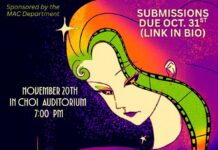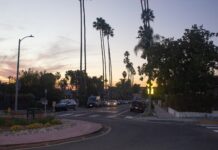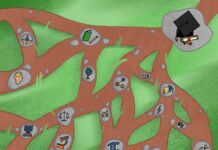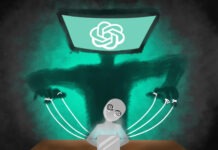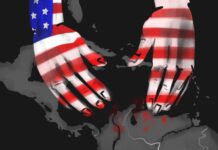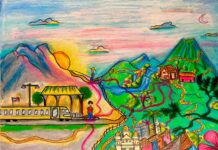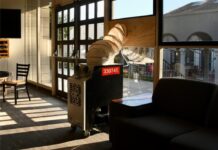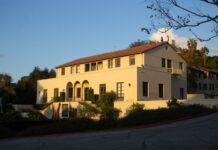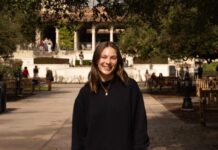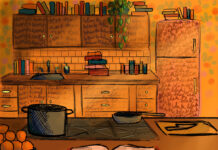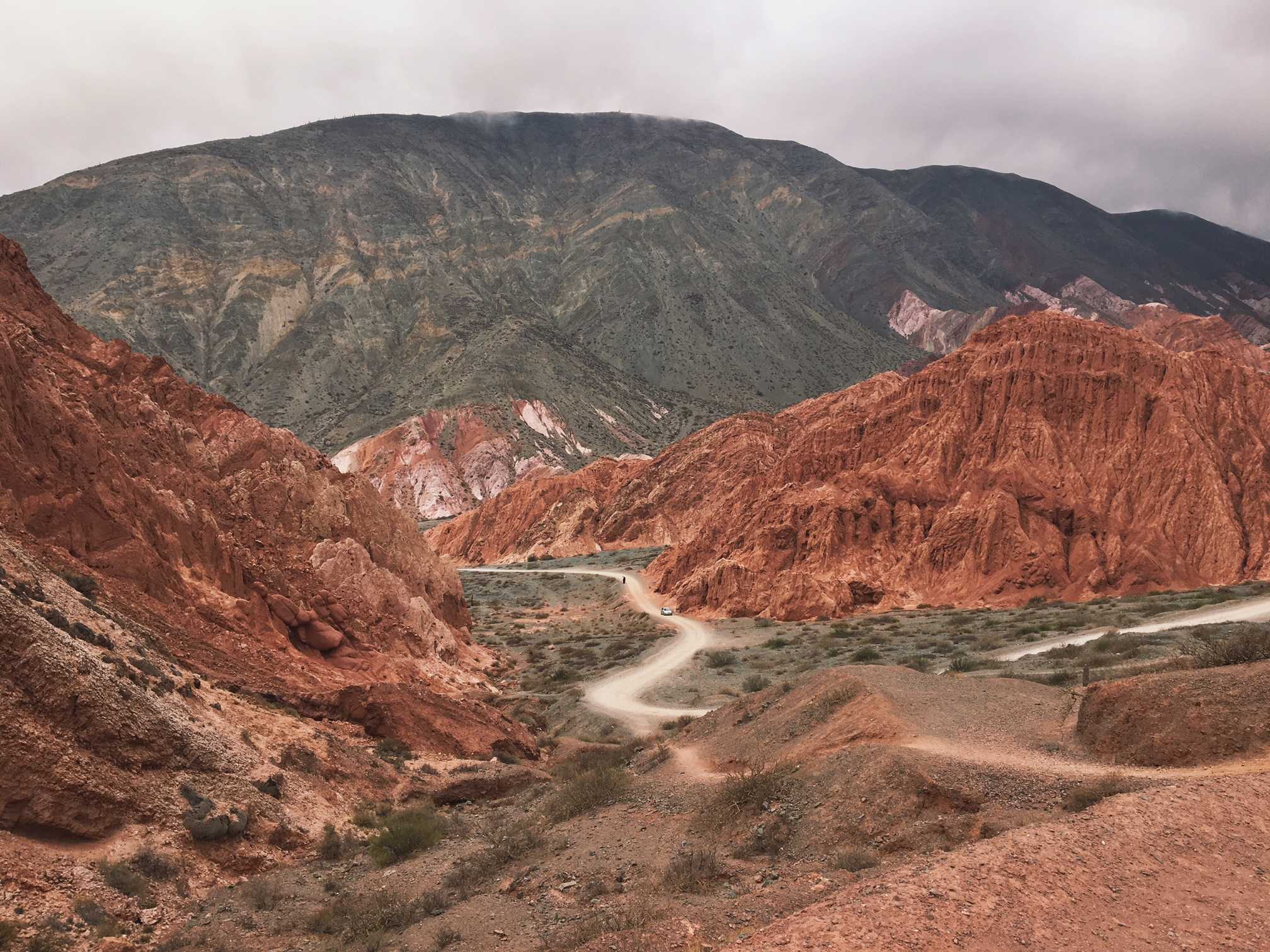Before the earth, before the sun and the moon there was nothing but Io—a genderless, parentless energy dancing within the void. Io was, and is, the potential of the world, and the Maori spiritual equivalent to the christian God. Within the darkness and energy, Rangi, the Sky Father, embraced Papa, the Earth Mother. They held tight to one another through the long night, and gave birth to child-gods squeezed and trapped between their bodies—the Atua. The Atua, trapped in the void, longed for freedom; they pushed their parents apart and the began decorating the night with light.
Most wanted to stick with their mother and clothe her; Taane clothed his mother in forests, Tangaroa gifted her mother the sea. The angry one, Tāwhirimātea, wanted to stay with his father. He created the weather, and attacked his siblings with wind, rain, and storms. When the gods separated their parents, they left one brother behind, still in their mothers womb—Ruaumoko. Why couldn’t they have waited a couple more months? Trapped inside his mother for the rest of time, within the depths of the earth, Ru takes revenge on his brothers and sisters through shaking and splitting the earth—earthquakes—and spitting fiery lava—volcanoes.
One of the children became angry at his brothers and to seek revenge, ate their children. Because of this immoral act he became the god of war and the god of humans, because unlike the gods, humans are capable of unthinkable immoral acts.
Many Polynesian island societies worship the Atua gods, but nowhere are the myths so clearly defined and linked to nature than within the Maori society in New Zealand. The Maori gods are all personifications of natural phenomena, their subdeities phenomena within the realms of the sky, the earth, and the ocean. When the Maori worship their gods, they worship the natural world. Their creation stories are their science. When earthquakes ripped their homes apart, when winds howled at night, when volcanoes blew communities away, when rain caused cliffs to crumble and fall, and when fog shrouded the landscape in a milky white cloud, the Maori searched for an explanation, and answer, and their myths and legend were the answer they created.
Relative importance of the gods differs as well from island to island; because forests blanket so much of New Zealand and are the source of food and shelter, they are culturally and spiritually paramount as well. Taane, the god of forests, is considered the most powerful of the Atua. On the smaller Pacific islands, nourishment comes from the sea, and consequently Tangaroa, the god of the sea, is the elevated compared to the other gods.
For the Maori, every phenomenon must have a spirit or an energy inside it. Natural phenomena are not described and understood through the western languages of chemistry, math and physics, but rather through imaginative stories and spirituality. To me, this view of nature indicates a humbled perspective. If the sea is so great and powerful and mysterious it cannot be contained, cannot be understood, then it must be a god. Volcanoes are so powerful, so much larger than life, they must be activated by something supernatural.
Right after my class on Maori society, I have a class on plate tectonics, during which we try to understand the physical workings of the earthquakes and volcanoes that dominate New Zealand’s landscape. But in that class, Ruaumoko’s name isn’t mentioned once. Rather than imagining a great spiritual energy trapped inside the earth, shaking angrily and setting forth fountains of lava, we dissect the occurrence of these great natural catastrophes and pin them down with a calculator and a chart. We calculate and label and quantify them, down to an earthquake’s p-waves and s-waves, down to the rate and direction and reason of rotation of a tectonic plate, at its latitude, longitude, azimuth, down to the a trillionth of a millionth of a millimeter.
And then I have a class on the history of New Zealand biota, where we attempt to make sense of the history of plants and animals on the island through the direct and concrete evidence we have—the fossil record. We study the fossils and the details of their anatomy, trying to deduce how they migrated, dispersed, or were carried by continental drift to where they are now, how different species evolved and went extinct.
In contrast to the Maori myths, seeking and a complete understanding of the natural world—down to its basic elements, its smallest neutrinos—seems to neglect the vast spiritual dominance of nature over humankind. We now understand that the earth’s movement and deformation is not magic; continents move simply a result of convection within the mantle. We know that earthquakes are simply a result of shear stress on fault lines built up over time and released due to simple physical properties of rock. We can trace the lineages plants and animals on New Zealand’s shores and understand that they are only here because they were the ‘fittest,’ and happened to survive long enough to reproduce.
Where is the magic, the mystery? When I look up at the stars, sometimes it’s nice to imagine the sparkling beacons out in the vast night to be mysterious pricks of hope, or fantasy, instead of analyzing and characterizing their composition and location. Watching the tide come in, you could be blind to their mix of aqueous turquoise shades if lost in the mechanics of wave motion.
When the Maori came to New Zealand, they were accustomed to warm, island climates. They must have been blown away with its beauty, mystery, outrageous weather, and undomesticated jungles. They were dominated by nature and the difficulty of surviving in a new, wild land, so different from their home.
Being here myself, I’m blown away as well.
Within thirty minutes of my house on Castle Street, you can surf brilliant turquoise waves with seals, and relax on white sand so fine it squeaks when you walk across it. You can see penguins come out at night and gather on surf splattered rocks. You can hike under brilliant green dewy moss that hangs from twisting, exotic trees, through the jungle and waterfalls, passing a thousand species of ferns. You can stand on top of a mountain and watch the clouds roll under you, uncovering patchwork fields in a rainbow of greens, and Dunedin’s peninsula stretching out into the sea, breaking off into wooded islands.
At the edge of town (which is about 15 minutes from my house) you can hike five minutes into the thickly wooded hills and see glow worms light up a cave like brilliant stars. These worms have bioluminescence, and only are found in a few places in New Zealand, Australia, India and Morocco. We hiked up in the evening, stopped at Nichols Falls along the way, and then sat in the glow worm cave until the stars came out—on the cave wall and in the sky above.
A half hour walk from St. Clair, St. Kilda beach is a magical inlet of water so turquoise it looks like someone spilled a bucket of green and blue paint in a bowl carved out of black volcanic rock. Black, goopy ancient lava in piles and caves—the remains of a Miocene volcanic eruption—stretches out into the ocean. Volcanic cliffs are draped in long, brilliant green grass and hairlike seaweed swirls in the sea like heads of mermaids twenty feet tall.
My flat mates and I went to Aramoana beach on a cloudy day, when a white cloudy sky matched white sand and stormy waters. We climbed pitch black volcanic pinnacles, one with a hearth carved out of the center. I climbed to the highest point and watched the beach from above; a handful of solitary people walked along the foaming shoreline, tiny specks amongs a vast stretching, stormy beach, small against the vastness of this country.
Dunedin and New Zealand continue to blow my mind every day. The nature I see here deserves more than a scientific explanation, so I choose to believe, at least a little, in the Autua within the sea and the forest, and the spirituality of this place.
This content was originally published on my personal blog, A bird’s eye view.
![]()


